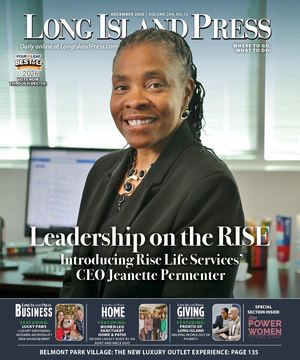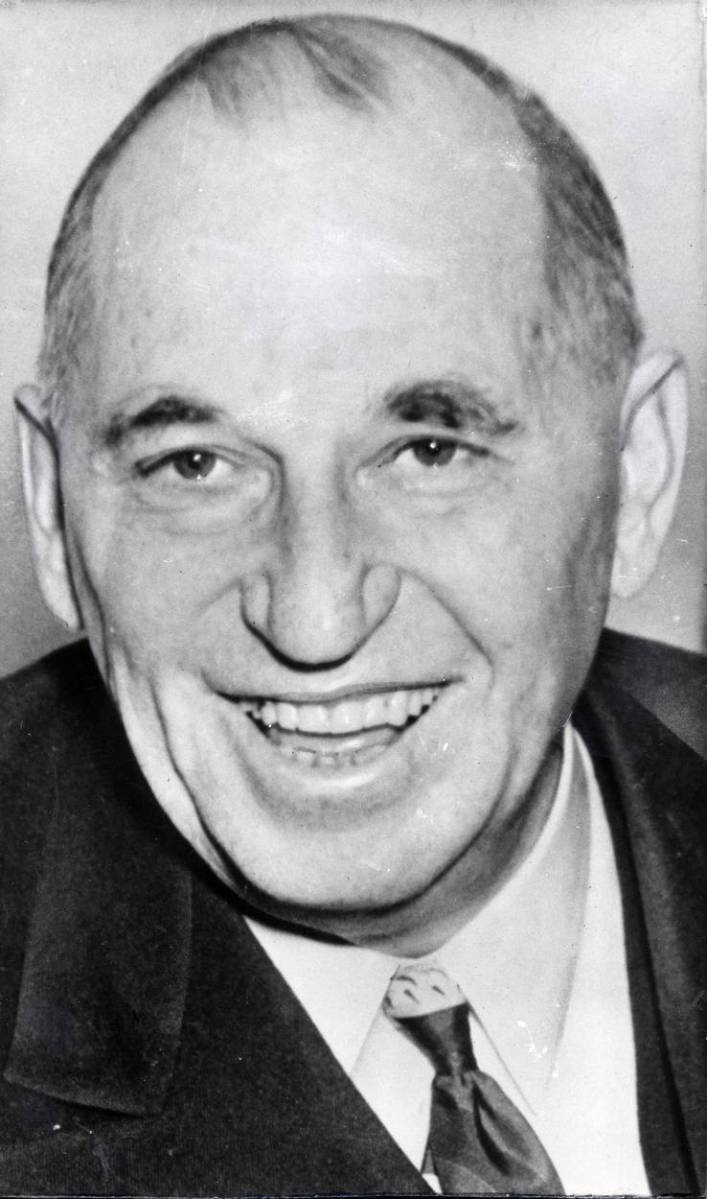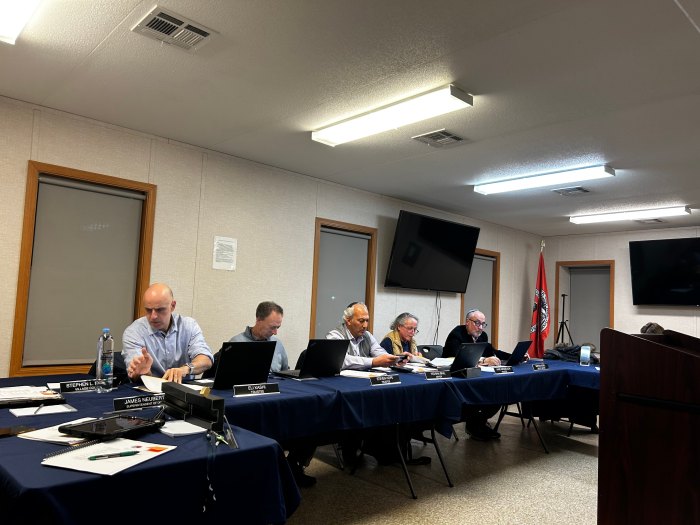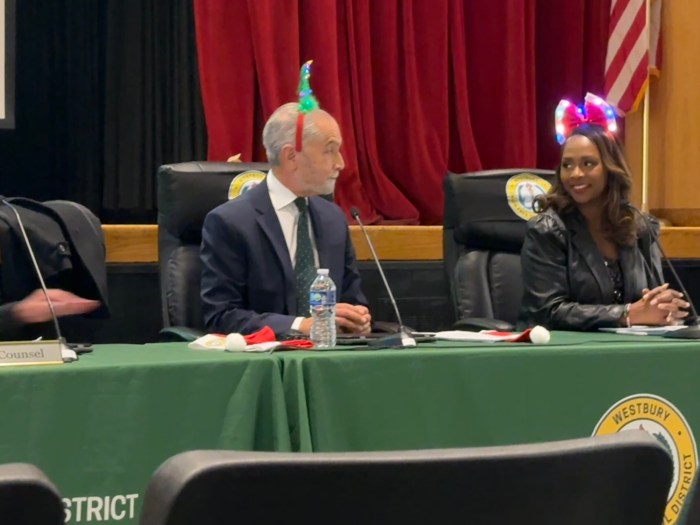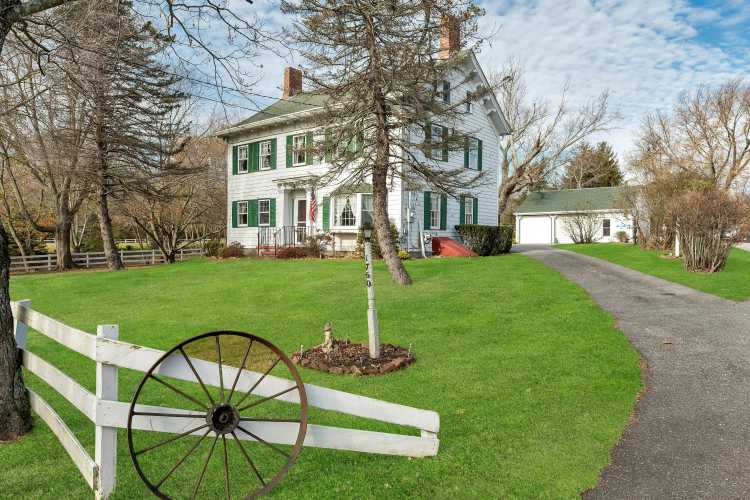Walter Percy Chrysler’s journey from a small-town railroad machinist to the founder of one of America’s largest automobile companies is a quintessential tale of early 20th-century ambition and ingenuity. Born on April 2, 1875, in Wamego, Kansas, Chrysler was drawn to machinery from a young age.
Though he never earned a formal engineering degree, his natural talent for mechanics and relentless self-education propelled him into the top ranks of American industry. One of the most transformative years in his life—and in the automotive world—was 1925, when he founded the Chrysler Corporation, but his legacy extends beyond industry to include a notable connection to Great Neck and the founding of a key U.S. maritime institution.
Chrysler began his career working on the railroads, first as a machinist and then rising through various managerial roles. His early experience with steam engines and factory machinery laid the foundation for his transition into the burgeoning automobile industry.
In 1911, he was recruited by Charles W. Nash to join Buick Motor Company, then a division of General Motors. There, Chrysler implemented major cost-saving innovations and improved production techniques, turning Buick into the leading car brand in America. Despite his success, he left Buick in 1919 due to disagreements with GM’s founder, William C. Durant.
After departing General Motors, Chrysler took on leadership roles at struggling automotive companies, notably Willys-Overland and the Maxwell Motor Company. It was through Maxwell that he made his greatest impact. Over several years, Chrysler reorganized and revitalized the company, preparing the groundwork for a bold move. In 1925, he officially formed the Chrysler Corporation by rebranding Maxwell and introducing a new line of cars under his own name.
The Chrysler Six, the company’s debut model, featured advanced technology for the time, including a high-compression engine and four-wheel hydraulic brakes—features typically found only on luxury automobiles. The car was affordable, stylish and reliable, helping the Chrysler Corporation quickly gain a foothold in a market dominated by Ford and General Motors.
Chrysler expanded rapidly. In 1928, he acquired Dodge Brothers, significantly increasing Chrysler’s production capacity and market share. That same year, he introduced the Plymouth and DeSoto brands to round out his company’s offerings, making Chrysler a full-line car manufacturer. The Chrysler Corporation had, in just a few short years, become a true competitor to Detroit’s giants.
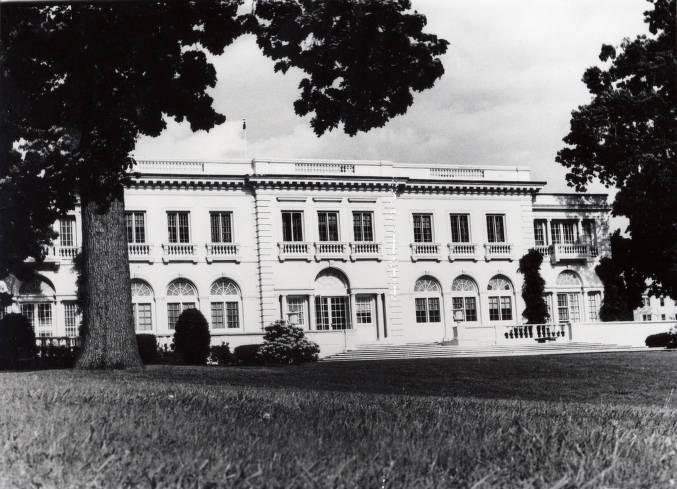
But Chrysler’s story wasn’t limited to factories and boardrooms. By the late 1920s, he had amassed considerable wealth and began investing in real estate. One of his most notable personal properties was a large estate in Kings Point. This estate, built during the height of Chrysler’s success, overlooked Long Island Sound and exemplified the opulence of the era’s industrial barons.
Following his retirement from active management in the late 1930s and his death in 1940, the Chrysler estate in Kings Point took on a new role in national service. During World War II, the United States government purchased the property and it became the site of what is now the United States Merchant Marine Academy. This transition from private estate to federal training institution marked another chapter in Chrysler’s enduring legacy—his former home now serves to train young men and women for service in the U.S. maritime industry and military.
In addition to his real estate and industrial achievements, Chrysler made a mark on the American skyline with the construction of the Chrysler Building in New York City. Completed in 1930, it was briefly the tallest building in the world and remains one of the most iconic examples of Art Deco architecture. Commissioned as a personal monument to Chrysler’s legacy and the auto industry, the skyscraper remains a powerful symbol of American innovation and ambition.
Chrysler passed away on Aug. 18, 1940, but his impact endures—not only in the cars that bear his name but also in institutions like the Merchant Marine Academy, which occupies the very land where he once lived. From the factory floors to towering skyscrapers and national academies, Chrysler’s legacy is etched across the American landscape. The pivotal year 1925 may have marked the birth of the Chrysler Corporation, but his broader contributions—from industrial innovation to national service—reveal a life dedicated to progress, ingenuity and legacy.
